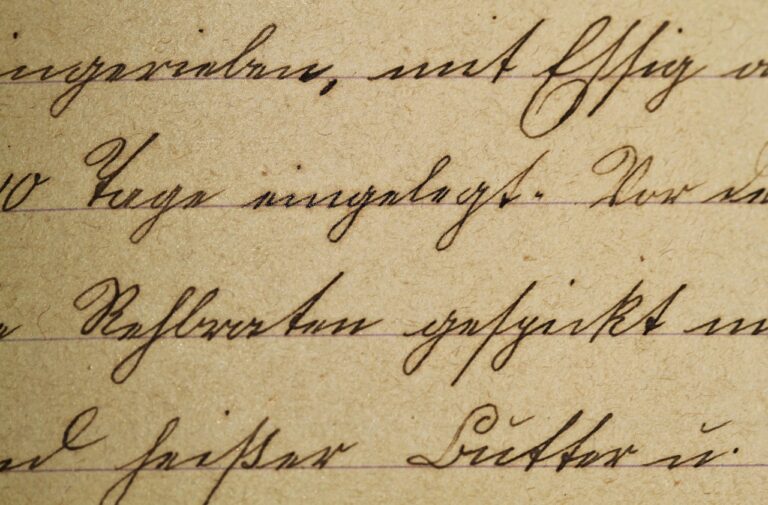Exploring the Impact of Virtual Reality on History Education
Virtual reality (VR) has emerged as a powerful tool in various fields, including education. One area where VR is making a significant impact is in history education. By immersing students in virtual historical environments, VR technology has the potential to transform the way history is taught and learned. In this article, we will explore the various ways in which VR is revolutionizing history education, from bringing ancient civilizations to life to enhancing students’ understanding of key historical events.
The Rise of Virtual Reality in Education
Virtual reality technology has come a long way in recent years, with advancements in hardware and software making it more accessible and affordable than ever before. In the field of education, VR has been hailed as a game-changer, offering a more immersive and engaging learning experience for students. By putting on a VR headset, students can be transported to different places and time periods, allowing them to experience history in a whole new way.
Bringing History to Life with Virtual Reality
One of the most significant benefits of VR in history education is its ability to bring historical events and settings to life. Instead of reading about ancient civilizations in a textbook, students can step into a virtual recreation of a Roman colosseum or explore the streets of ancient Egypt. This hands-on approach to learning not only makes history more engaging but also helps students develop a deeper understanding and appreciation for the past.
Enhancing Critical Thinking and Problem-Solving Skills
Virtual reality simulations can also help students develop critical thinking and problem-solving skills. By putting students in the shoes of historical figures or allowing them to make decisions in historical contexts, VR encourages students to think critically about complex historical issues and consider the consequences of their actions. This type of immersive learning experience can help students develop valuable analytical skills that will serve them well beyond the classroom.
Increasing Empathy and Understanding
Another important benefit of VR in history education is its ability to increase empathy and understanding among students. By allowing students to experience historical events from different perspectives, VR can help foster a greater sense of empathy and compassion for those who lived through challenging times. This deeper emotional connection to the past can help students develop a more nuanced and empathetic understanding of history.
Addressing Learning Differences and Engaging Diverse Learners
Virtual reality can also be a valuable tool for addressing learning differences and engaging diverse learners in history education. By providing a multi-sensory learning experience, VR can help students with different learning styles and abilities better grasp complex historical concepts. Additionally, virtual reality can create a more inclusive learning environment by accommodating diverse learning needs and providing opportunities for all students to participate and succeed.
Challenges and Considerations
While virtual reality holds great promise for history education, there are also some challenges and considerations to keep in mind. One of the main challenges is the cost of implementing VR technology in schools, as high-quality VR hardware and software can be expensive. Additionally, there may be concerns about the potential for VR to replace traditional teaching methods or detract from other important aspects of the curriculum. It is important for educators to carefully consider how to integrate VR into history education in a way that enhances learning outcomes while also addressing potential challenges.
FAQs
What are some examples of virtual reality experiences in history education?
Virtual reality experiences in history education can include virtual tours of historical sites, immersive simulations of key historical events, and interactive experiences that allow students to explore historical artifacts and documents.
How can virtual reality enhance students’ understanding of history?
Virtual reality can enhance students’ understanding of history by providing a more immersive and engaging learning experience, allowing them to explore historical environments and events firsthand, and encouraging critical thinking and problem-solving skills.
What are some potential challenges of using virtual reality in history education?
Some potential challenges of using virtual reality in history education include the cost of implementing VR technology, concerns about replacing traditional teaching methods, and the need for educators to carefully integrate VR into the curriculum to ensure positive learning outcomes.
Overall, virtual reality has the potential to revolutionize history education by offering students a more immersive, engaging, and personalized learning experience. By bringing history to life in virtual environments, VR technology can help students develop a deeper understanding of the past and cultivate valuable skills that will serve them well in the future.







